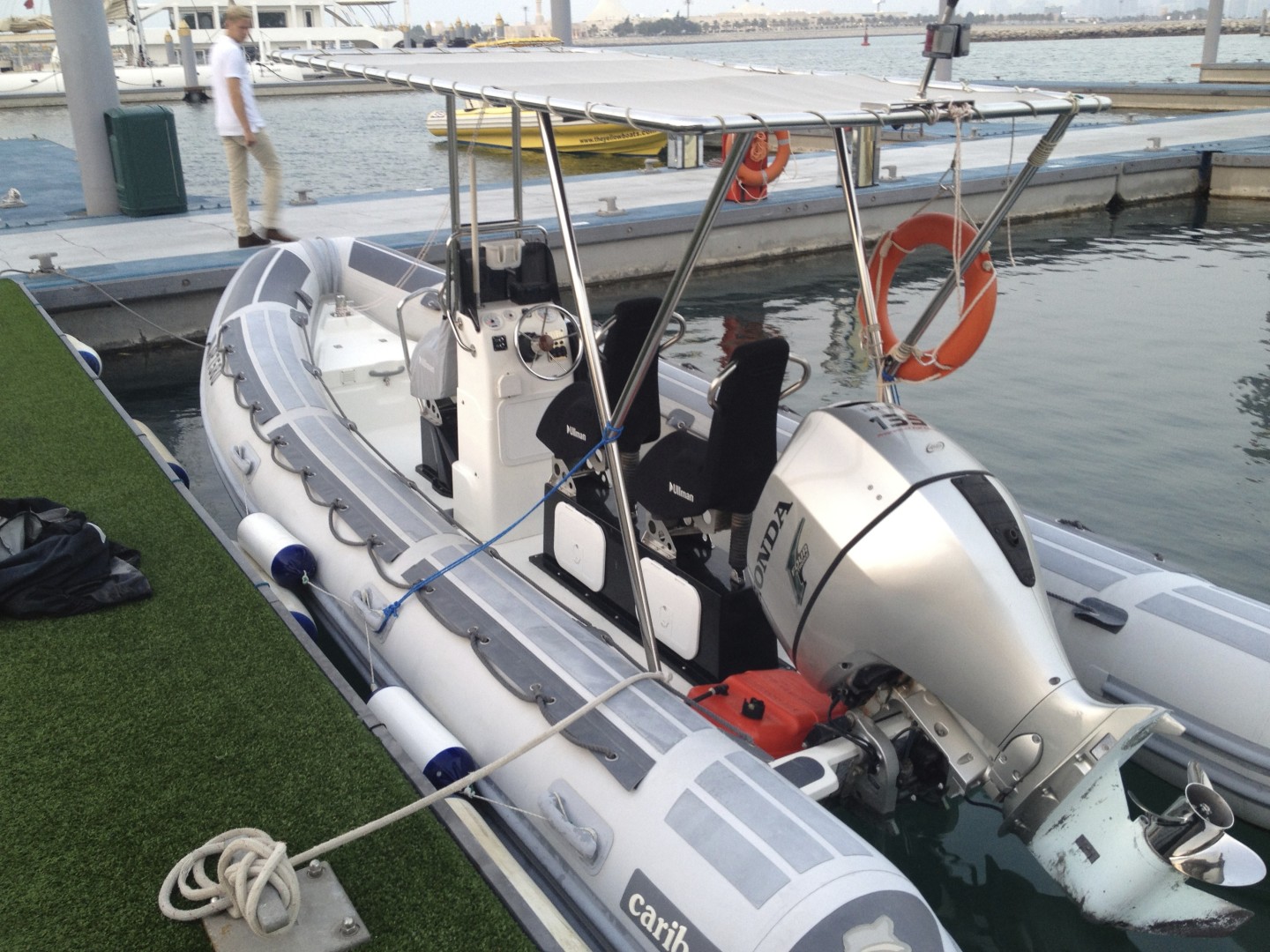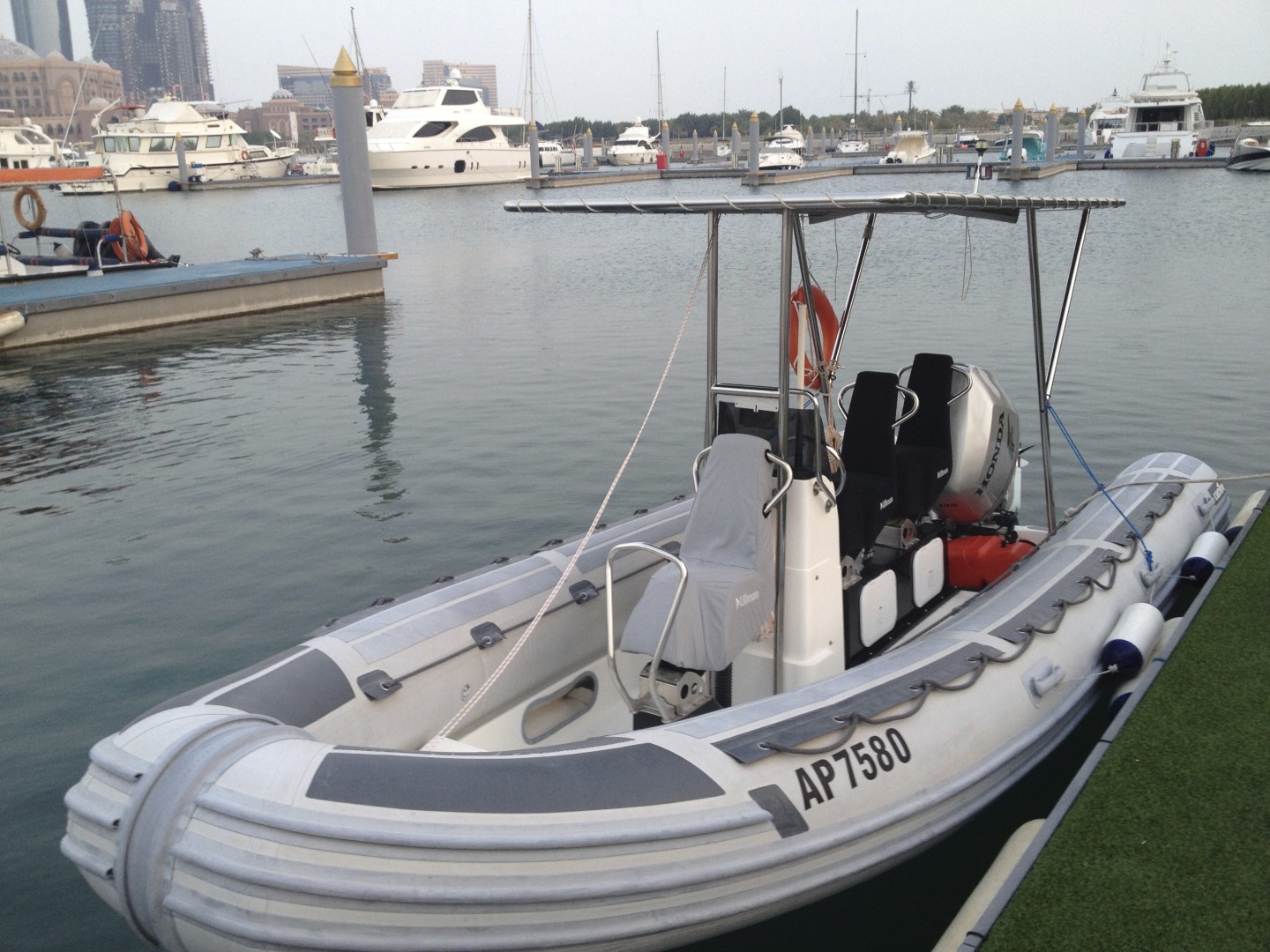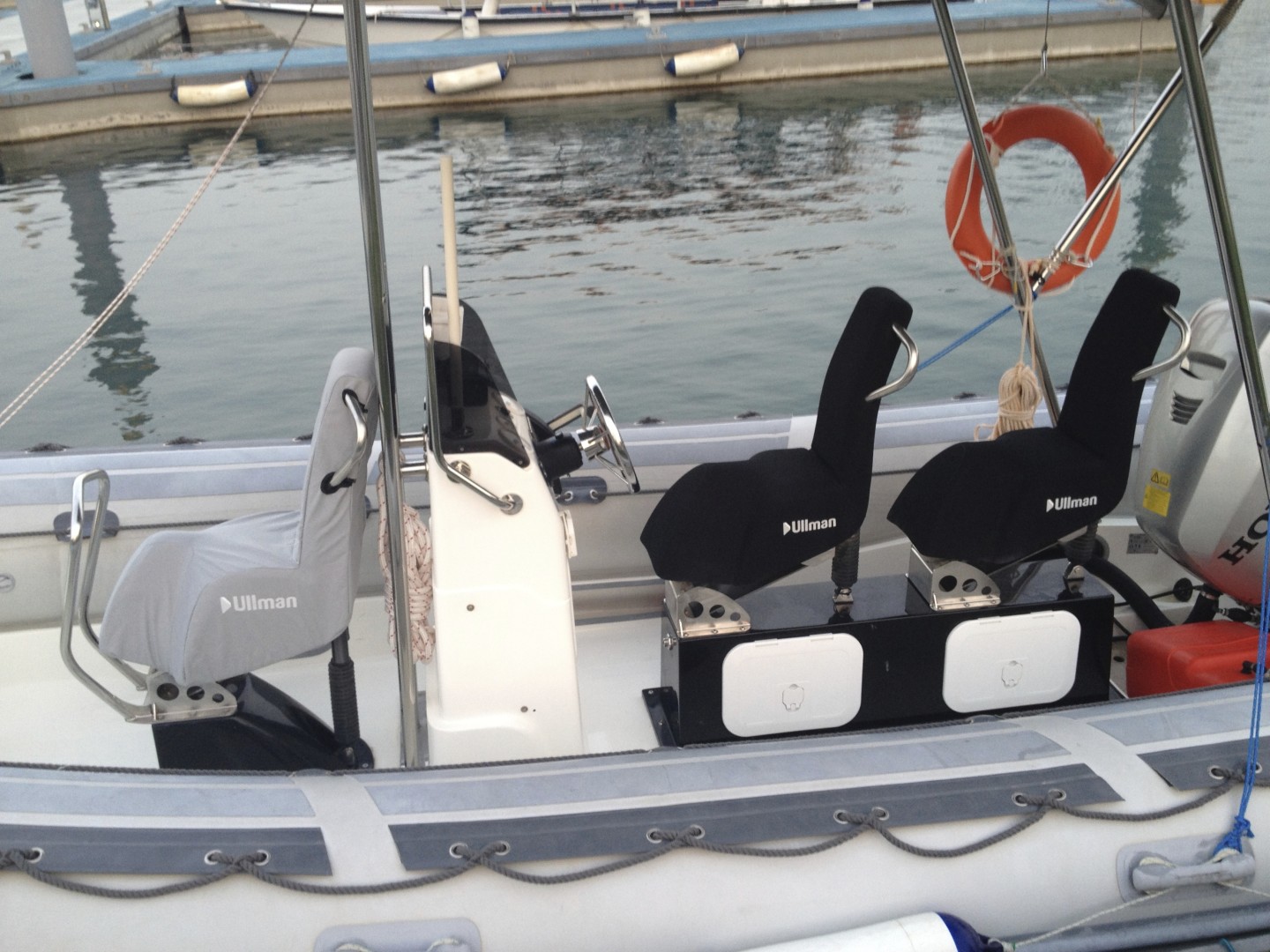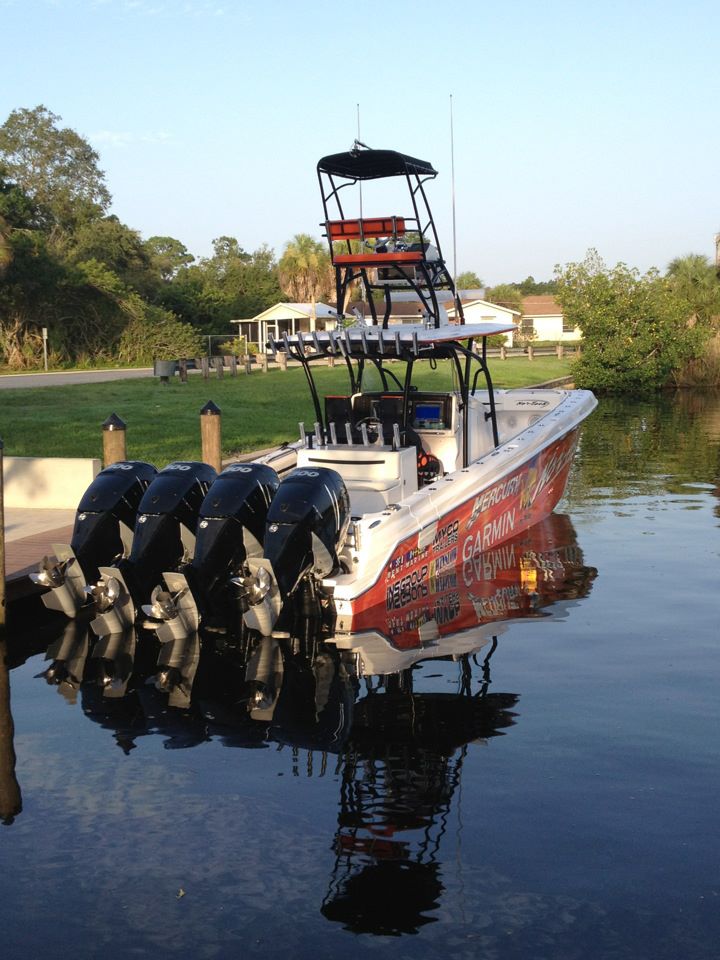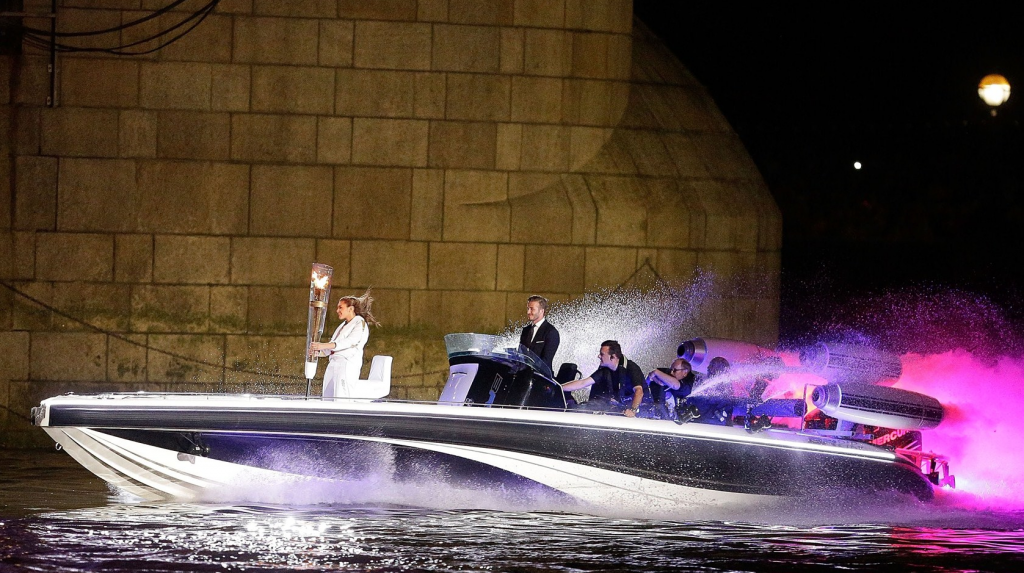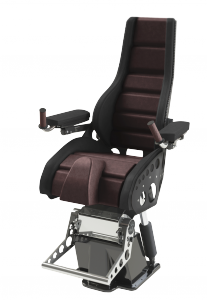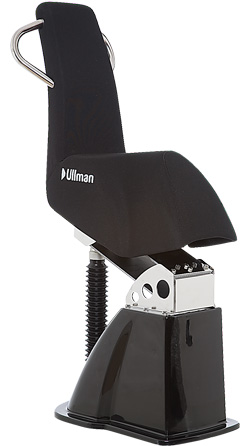La directive de l’Union européenne impose à l’employeur ou à l’armateur de minimiser l’exposition des employés et des passagers aux chocs dangereux sur les navires à grande vitesse, en fournissant les meilleures solutions techniques, telles que des sièges.
D’un point de vue juridique, seules les meilleures solutions disponibles sont acceptables.
Il est scientifiquement prouvé que les sièges jockey Ullman sont le moyen le plus efficace de réduire l’exposition aux chocs à bord des navires à grande vitesse.
Il ne suffit pas d’installer un siège dit à suspension ou amortisseur de choc pour respecter la directive européenne. Certains « sièges amortisseurs de chocs » sur le marché ont tendance au talonnage et à amplifier de manière significative les chocs importants.
Vous trouverez ci-après les principales parties de la directive européenne « Vibrations », et l’explication de leurs implications pour les armateurs : directive européenne « Vibrations » – Résumé pour les opérations maritimes
Article 3, paragraphe 2 – Valeurs limites d’exposition et valeurs d’exposition déclenchant l’action
Pour les vibrations transmises à l’ensemble du corps : a) la valeur limite d’exposition journalière normalisée à une période de référence de huit heures est fixée à 1,15 m/s2 ou, selon le choix de l’État membre, à une valeur de dose de vibrations de 21 m/s1,75 ; b) la valeur d’exposition journalière normalisée à une période de référence de 8 heures déclenchant l’action est fixée à 0,5 m/s2 ou, selon le choix de l’État membre, à une valeur de dose de vibrations de 9,1 m/s1,75.
Explication : La dose journalière autorisée de vibrations est atteinte en 5 à 15 minutes dans un bateau navigant à 30 nœuds avec des vagues de 2 à 4 pieds (0,60 à 1,20 mètre) de haut. Avec un siège à suspension, vous pouvez augmenter le temps d’utilisation jusqu’à environ 30 minutes, ce qui n’est toujours pas suffisant dans la plupart des cas. Autrement dit, il est pratiquement impossible pour toute utilisation professionnelle d’un navire à grande vitesse de respecter la directive européenne.
Toutefois,
Article 10, paragraphe 1 – Dérogations
1. Dans le respect des principes généraux de la protection de la sécurité et de la santé des travailleurs, les États membres peuvent, pour les secteurs de la navigation maritime et aérienne, dans des circonstances dûment justifiées, déroger à l’article 5, paragraphe 3, en ce qui concerne les vibrations transmises à l’ensemble du corps, lorsque, compte tenu de l’état de la technique et des caractéristiques spécifiques des lieux de travail, il n’est pas possible de respecter la valeur limite d’exposition malgré la mise en œuvre de mesures techniques et/ou organisationnelles.
Explication : si vous ne pouvez pas respecter les limites d’exposition aux vibrations, ce qui est impossible pour toute utilisation professionnelle d’un navire, vous pouvez déroger aux exigences relatives aux vibrations transmises à l’ensemble du corps, à condition d’avoir fait tout ce qui est en votre pouvoir pour fournir les meilleures solutions techniques disponibles.
Article 5, paragraphe 2 – Dispositions visant à éviter ou à réduire l’exposition
Sur la base de l’évaluation des risques visée à l’article 4, lorsque les valeurs d’exposition fixées à l’article 3, paragraphe 1, point b), et paragraphe 2, point b) sont dépassées, l’employeur établit et met en œuvre un programme de mesures techniques et/ou organisationnelles visant à réduire au minimum l’exposition aux vibrations mécaniques et les risques qui en résultent, en prenant en considération, notamment :(…) c) la fourniture d’équipements auxiliaires réduisant les risques de lésions dues à des vibrations, par exemple des sièges atténuant efficacement les vibrations transmises à l’ensemble du corps et des poignées atténuant les vibrations transmises au système main-bras ;
Le texte complet de la directive européenne « Vibrations » peut être téléchargé ici : eu_directive_2002_44CE_EN
Conclusions :
Il est impossible d’exploiter un navire à grande vitesse d’une façon garantissant ou même prétendant garantir la conformité à la directive européenne.
La directive européenne impose à l’employeur ou à l’armateur de réduire l’exposition de l’équipage au minimum en fournissant les meilleurs moyens disponibles pour minimiser l’exposition.
Les solutions techniques que vous fournissez doivent être validées et approuvées comme étant à la pointe du progrès et les plus efficaces pour atténuer les chocs. Et surtout, il doit être prouvé qu’elles sont sûres et sans talonnage.
Il ne suffit pas d’installer un « siège à suspension » ou un « siège amortisseur de chocs » dans votre navire pour respecter la directive européenne « Vibrations ».
Les sièges jockey Ullman sont les seuls sièges à suspension du marché à être scientifiquement validés par des organismes indépendants (http://www.str.eu.com/) et dont il est prouvé qu’ils protègent efficacement les équipages et réduisent l’exposition aux chocs et aux vibrations à des niveaux médicalement acceptables. Les sièges Ullman sont la solution la plus efficace disponible.
Les sièges jockey Ullman sont en conséquence les seuls sièges du marché qui permettent aux employeurs de respecter les critères de la directive européenne.
Ici sont mentionnées quelques-unes des organisations qui utilisent les sièges Ullman depuis de nombreuses années.








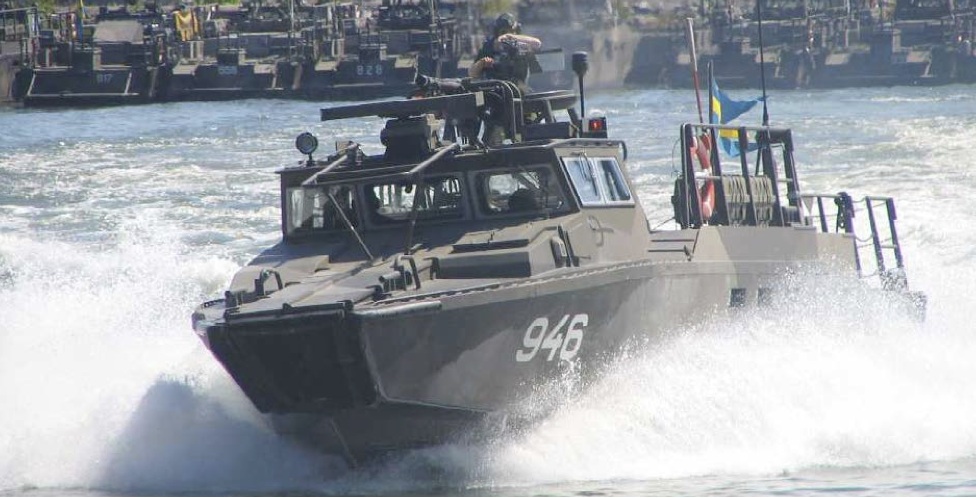
 Medical doctor and inventor Johan Ullman of Ullman Dynamics
Medical doctor and inventor Johan Ullman of Ullman Dynamics